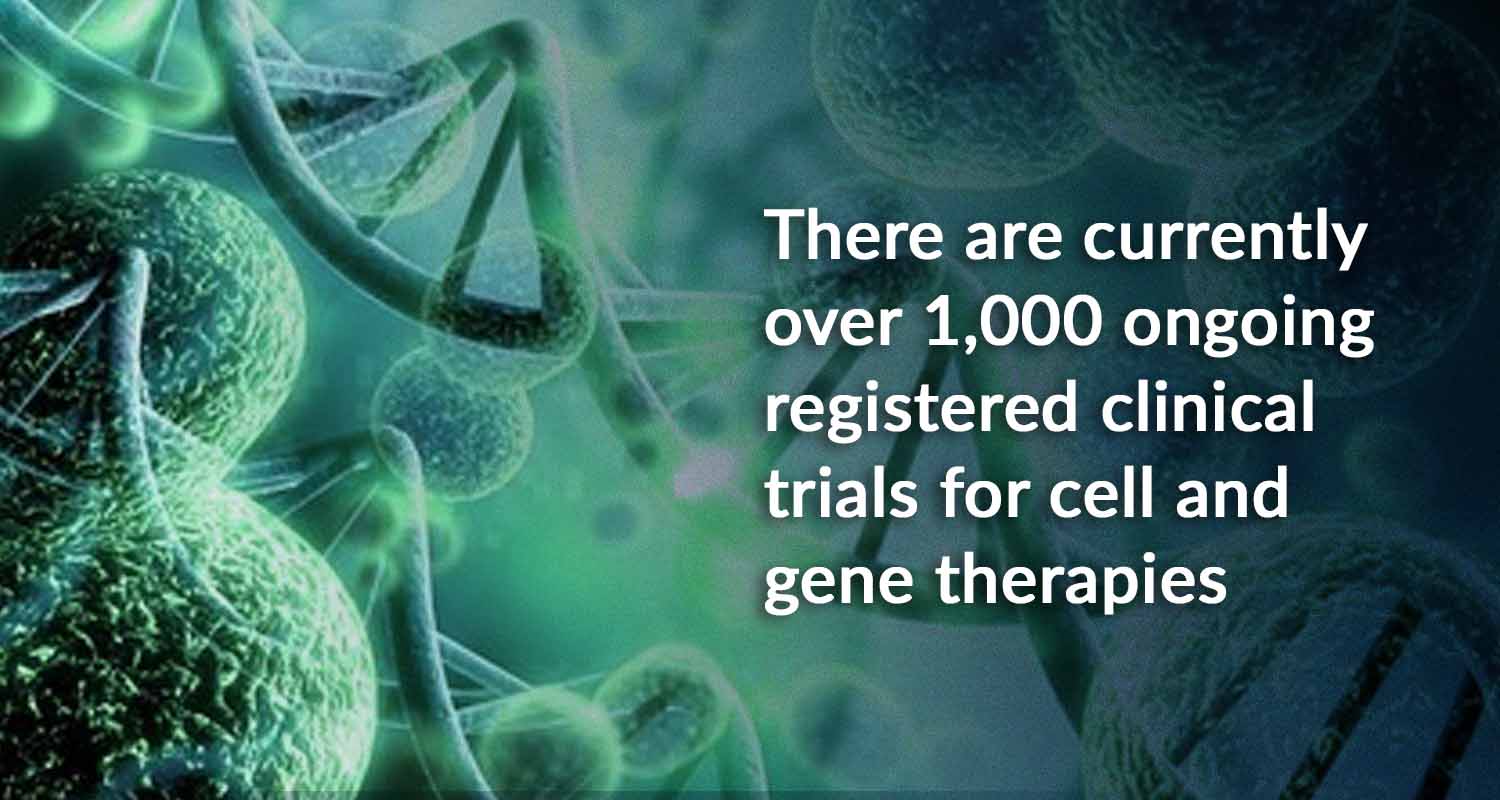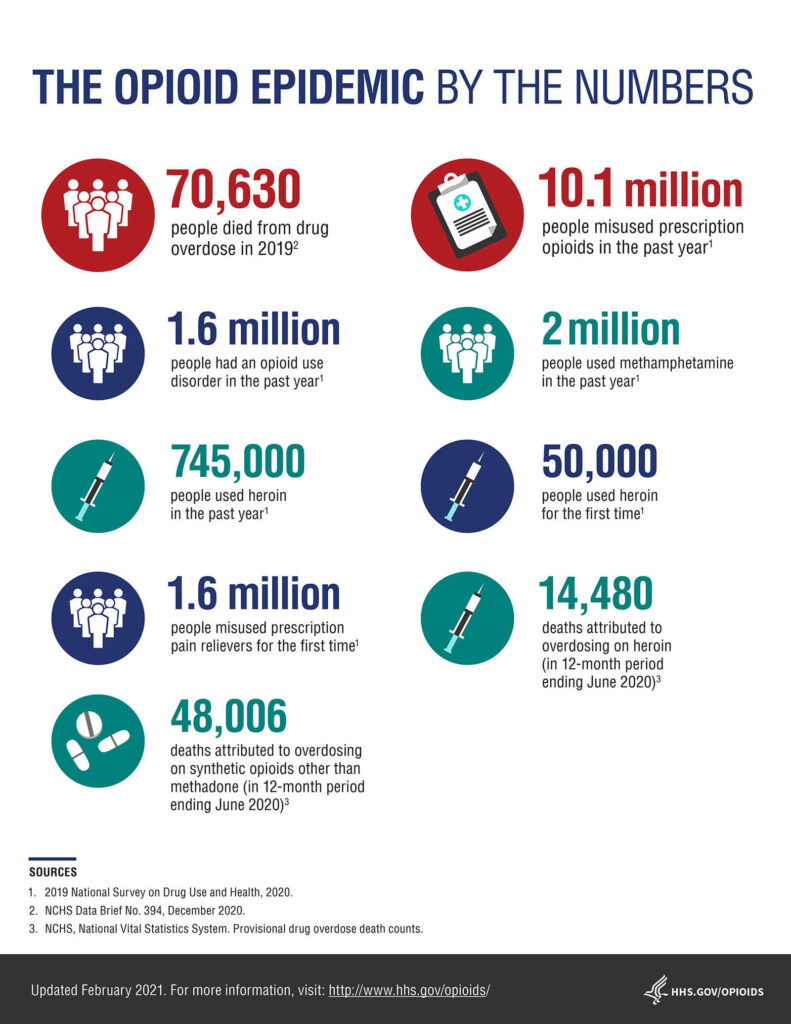St. Louis, Missouri is one of the fastest-growing and top-ranked emerging life sciences markets in the U.S., ranking sixth in a recent CBRE Research report. In terms of BioSpace’s hotbed, St. Louis falls into the very large BioMidwest, which includes Illinois, Indiana, Iowa, Michigan, Minnesota, Nebraska, Ohio, Wisconsin and, of course, Missouri.
St. Louis’s life sciences industry is built on the presence of several top academic institutions and commercial organizations, Washington University in St. Louis, BJC HealthCare, St. Louis University, Bayer (formerly Monsanto), University of Missouri-St. Louis, Donald Danforth Plant Science Center and others. (Source)
Here are 5 interesting biotech companies in STL:
Wugen, St Louis, MO, is developing off-the-shelf cellular therapies for cancer. Their cell therapy products originate from healthy donors and are further manipulated in order to enhance their function to eliminate cancer cells. Our NK cell and CAR-T immuno-oncology therapies address the needs of patients with solid tumors, acute myeloid leukemia (AML) and T-cell malignancies.
They have NK cell therapies targeting solid tumors and hematologic malignancies and CAR-T cell therapies targeting T-cell malignancies.
Their issued and pending patents support and protect a strong pipeline of convenient, off-the-shelf therapies that are developed to treat patients with cancer.
APT Therapeutics™, St Louis, MO, is developing optimized human apyrases as safe, effective, and cost-competitive antiplatelet therapy for acute myocardial infarction, stroke and transplantation complications. Their business strategy is to out-license or co-develop the drug candidates with pharma partners.
APT’s core competencies address critical roadblocks that drug companies encounter during all phases of development including: 1) making choices on drug leads 2) rescuing drugs that failed and 3) extending the life of blockbuster drugs.
Accuronix Therapeutics, St Louis, MO, is a leader in discovering and developing a new class of drugs that work by selectively targeting the σ-2 (sigma-2) receptor on cancer cells to deliver cytotoxic payloads. The Accuronix team has established an innovative platform and a lead drug candidate based on advances in characterizing the molecular-targeted drug conjugate (MTDC) approach to cancer therapy. The σ-2 receptors are highly expressed on the surface of rapidly proliferating cancer cells. They internalize upon ligand binding, allowing the delivery of therapeutic agents to intracellular targets. The result is a chemotherapeutic with increased effectiveness and reduction in toxicity risk.
Mobius Therapeutics, St. Louis, MO, is dedicated to developing sterile injectable pharmaceuticals optimized for ophthalmic applications. With a deep pipeline of products under development, we at Mobius continue our mission of improving the convenience, safety, and integrity of perioperative pharmaceuticals by seeking innovative methods of delivery on our mission to be your one-stop shop for FDA approved peri-operative drugs.
Vir Biotechnology, St Louis,MO, is a commercial-stage immunology company focused on combining immunologic insights with cutting-edge technologies to treat and prevent serious infectious diseases. Infectious diseases are one of the leading causes of death worldwide and the cause of hundreds of billions of dollars of economic burden each year. They believe that now is the time to apply the recent and remarkable advances in immunology to combat infectious diseases. Their approach begins with identifying the limitations of the immune system in combating a particular pathogen, the vulnerabilities of that pathogen and the reasons why previous approaches have failed. They then bring to bear powerful technologies that we believe, individually or in combination, will lead to effective therapies.
They are taking a multi-program, multi-technology platform approach, assembled through internal development, collaborations, and acquisitions.










